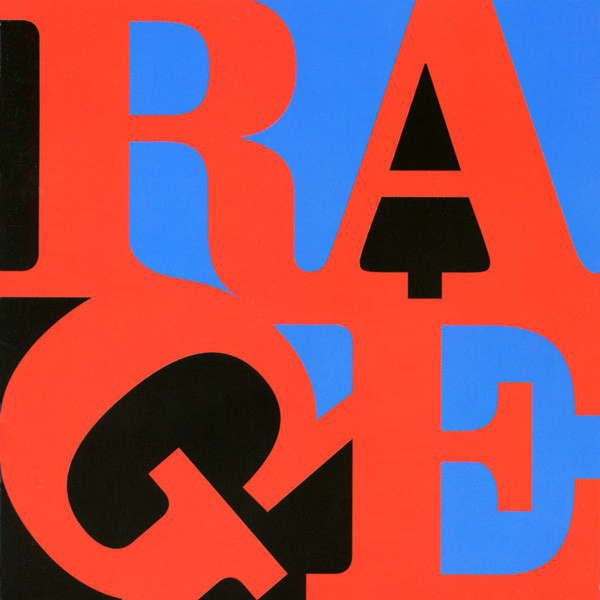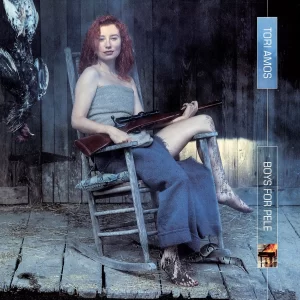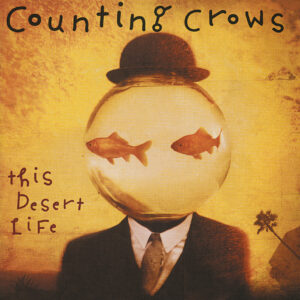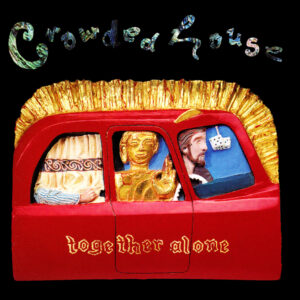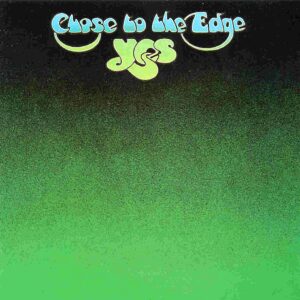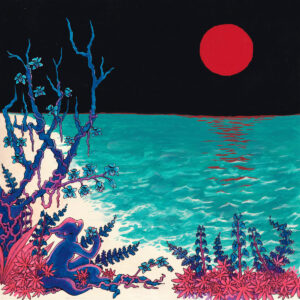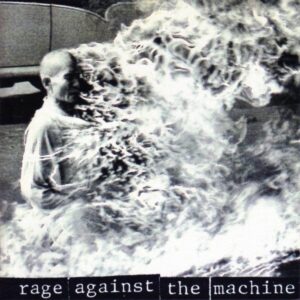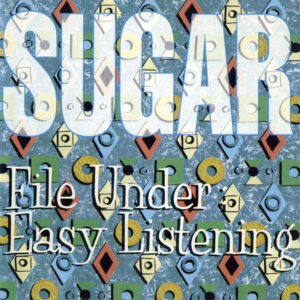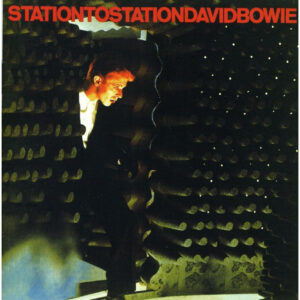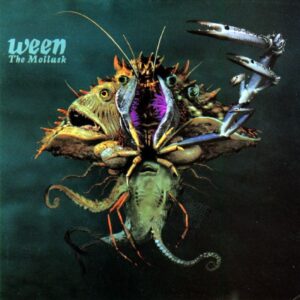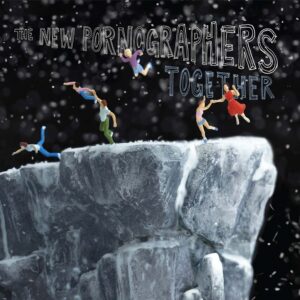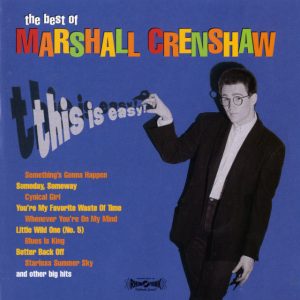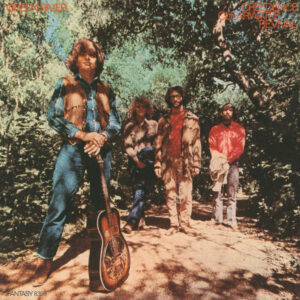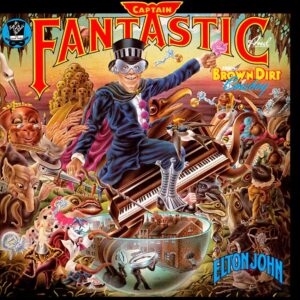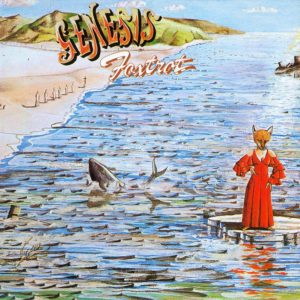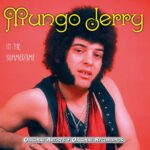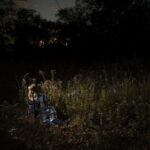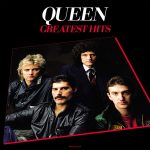
Introduction
Rage Against the Machine were surprisingly successful in the 1990. They twice topped the Billboard 200 twice with albums espousing revolutionary left-wing politics. Guitarist Tom Morello and vocalist Zach de la Rocha were both children of immigrants to the US, feeling discrimination firsthand.
Rap rock has become a pejorative term, thanks to lesser bands like Limp Bizkit. There were other successful bands in the same era, mining similar stylistic ground, like Faith No More and the Red Hot Chili Peppers, but Rage were tougher sounding, simultaneously closer to metal and to rap. Rage Against the Machine were passionate and energetic, with singles like ‘Sleep Now in the Fire’ and ‘Killing in the Name’ massive jolts of adrenaline.
But Rage Against the Machine didn’t generally make great albums. Put their ten best songs in a playlist and they’re terrific. But their lesser material gets bogged down by the lack of variety in their approach. Zack de la Rocha is charismatic and great at slogans but only has one gear, full throttle. On the other hand, guitarist Tom Morello is inventive, coaxing wild sounds out of his instrument that are sometimes closer to a DJ scratching vinyl than a rock guitarist.
When you live in a capitalistic society, the currency of the dissemination of information goes through capitalistic channels. Would Noam Chomsky object to his works being sold at Barnes & Noble? No, because that’s where people buy their books. We’re not interested in preaching to just the converted. It’s great to play abandoned squats run by anarchists, but it’s also great to be able to reach people with a revolutionary message, people from Granada Hills to Stuttgart.
Tom Morello, Rage Against the Machine website FAQ
Rage Against the Machine broke up after three studio albums of originals and a covers record – while they’ve toured in the 21st century, they’ve never recorded new studio material.
Rage Against The Machine Album Reviews
Rage Against The Machine

1992, 5.5/10
Rap with guitars existed before Rage Against The Machine. Run D.M.C. effectively pioneered the genre, but Rage Against The Machine added a political edge. The Tibetan Monk self-immolation on the cover is only the tip of the iceberg, with Zack de la Rocha’s lyrics addressing US intervention, capitalism, and radical leftist politics. With a powerful, funky rhythm section, and a a very creative guitarist in Tom Morello, the Rage Against The Machine sound is intoxicating.
As a standalone song, ‘Killing In The Name’ is one of the 1990’s great singles, with a pounding riff, a squeaky Morello solo, and a memorable coda. But a full album of de la Rocha yelling political slogans over metallic guitar with zero stylistic variation makes for tough listening. While I don’t think the band ever topped ‘Killing in the Name’, their albums would become more enjoyable with more detailed production.
In small doses Rage Against The Machine is invigorating, but an entire album at once is mind-numbing.
Evil Empire

1996, 7.5/10
Rage Against the Machine’s sophomore album is a significant step forward. With Brendan O’Brien producing, it’s slicker than their debut, and it works for the band. Because they only have one gear, a more detailed sound helps maintain interest. De la Rocha’s lyrics have improved, with more focused diatribes. The title is taken from the name Ronald Reagan used to besmear the Soviet Union with in the 1990s; MTV reported that “the band feels could just as easily apply to the United States.”
There’s a run of great singles at the start of the album. De la Rocha has never sounded cooler than in the introduction to ‘People of the Sun’, where he barks orders to his band – “We better turn the bass up on this one”. Morello coaxes some scratching sounds out of his guitar on ‘Bulls on Parade’, while ‘Vietnow’ attacks right-wing talk radio. The record is carried by its singles, but the funky groove of ‘Down Rodeo’ is a strong track buried in the middle, while ‘Year of tha Boomerang’, released a couple of years in advance of the rest of the record, is a great closer.
Rage Against the Machine showed impressive artistic growth on their second album.
The Battle of Los Angeles
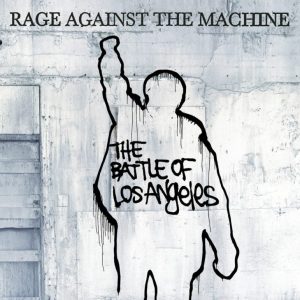
1999, 8/10
As Rage broke up shortly after their third studio album, it’s easy to assume that they were running out of steam. But their albums were actually improving – the shift toward the mainstream toned down their intensity and made their albums more enjoyable. It’s their most consistent record, and it was accompanied by some of their most iconic imagery, with videos recorded with director Michael Moore.
It helps that it’s more diverse – sometimes they’re venturing close to funk, like on ‘Guerilla Radio’. At others they’re closer to a late 1990s nu-metal sound, with sludgy tempos on songs like ‘Born of a Broken Man’. Lead single ‘Sleep Now in the Fire’ is one of the band’s most memorable songs, with its hook “I am The Nina, The Pinta, The Santa Maria”, while ‘Testify’ is another memorable single.
Battle of Los Angeles was Rage Against the Machine’s best album yet – it’s a shame they split while they were still on an upward trajectory.
Renegades

2000, 5/10
Rage Against the Machine were always volatile. De la Rocha left the band shortly after an incident at the 2000 MTV Music Awards, where Commerford climbed the stage scaffolding in protest against a Limp Bizkit award win. Their final studio album emerged a couple of months later – a collection of covers of dissident songs that influenced the group. This includes rock songs like The MC5’s ‘Kick Out the Jams’, Bob Dylan’s ‘Maggie’s Farm’, and The Rolling Stones’ ‘Street Fighting Man’. There’s also hip-hop, with covers of Eric B. & Rakim, EPMD, and Cypress Hill.
It sounds better on paper than it works in practice. Rage Against The Machine have a distinctive but homogenous sound, which relies on the virtuosity of the musicians. There’s less opportunity to show these skills on these covers. A few tracks are strong; ‘Microphone Fiend’ and Afrika Bambaataa’s ‘Renegades of Funk’ suit Rage Against the Machine’s style better than the rock covers. Their version of Devo’s ‘Beautiful World’ attempts to break things up by mellowing out and having de la Rocha sing instead of rap, but it’s not his strength.
Renegades is mostly better as an idea than in practice.
10 Best Rage Against the Machine songs
Related Pages
About
Aphoristic Album Reviews is almost entirely written by one person. It features album reviews and blog posts across a growing spectrum of popular music.
Review Pages
Read about the discographies of musical acts from the 1960s to the present day. Browse this site's review archives or enjoy these random selections:
Blog Posts
I add new blog posts to this website every week. Browse the archives or enjoy these random selections:
